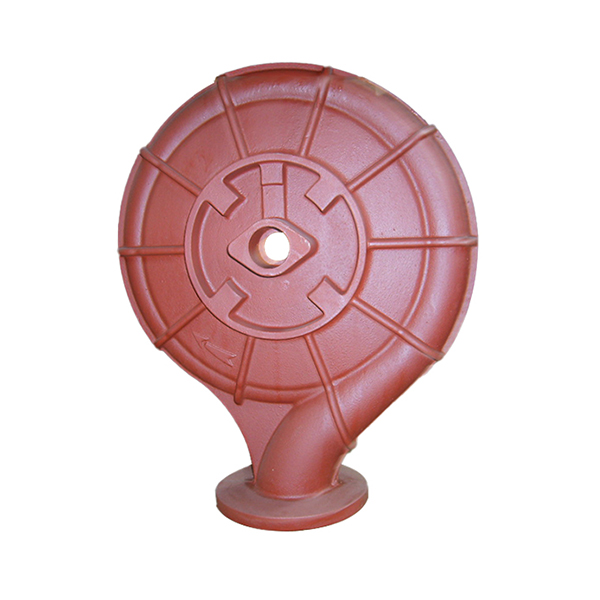Mobile:+86-311-808-126-83
Email:info@ydcastings.com
English
Advancements in Light Metal Casting Techniques for Enhanced Performance in Modern Manufacturing
The Significance of Light Metal Casting in Modern Manufacturing
Light metal casting plays a pivotal role in the modern manufacturing sector, particularly in industries requiring lightweight, strong materials. This process involves pouring molten metal into molds to create components and structures made from light metals such as aluminum, magnesium, and titanium. The advantages of light metal casting are multifaceted, impacting various aspects of product performance, production efficiency, and environmental sustainability.
Advantages of Light Metals
Light metals, especially aluminum and magnesium, are favored for their excellent strength-to-weight ratios. This characteristic is crucial in industries like automotive and aerospace, where reducing weight can lead to enhanced fuel efficiency and improved performance. For example, in the automotive industry, manufacturers aim to lower vehicle weight to improve mileage and reduce emissions. Components such as engine blocks, transmission cases, and body panels produced through light metal casting significantly contribute to these goals.
Not only do these metals provide a lightweight alternative, but they also exhibit excellent corrosion resistance, making them ideal for components exposed to harsh environments. For instance, aluminum and magnesium alloys can withstand moisture and salt, making them suitable for marine applications and outdoor equipment. Furthermore, many light metals can be easily recycled, contributing to sustainability and reducing the carbon footprint of production.
The Casting Process
Light metal casting encompasses several techniques, including sand casting, die casting, and investment casting. Each method offers unique advantages depending on the application. For high-volume production, die casting is often preferred due to its efficiency and the ability to produce intricate geometries with minimal manual intervention. In contrast, sand casting is more flexible and cost-effective for smaller production runs or custom parts.
The casting process starts with the preparation of the mold, which can be made from various materials, including sand or metal. After the mold is prepared, the molten metal is poured in and allowed to cool and solidify. Once solidified, the mold is removed, revealing the finished part. Post-processing stages, such as machining and surface finishing, may be required to achieve the desired tolerances and surface quality.
Innovations in Light Metal Casting
light metal casting

The field of light metal casting has evolved significantly due to technological advancements
. Innovations such as computer-aided design (CAD) and computer-aided manufacturing (CAM) have improved mold design and simulation, allowing for more complex shapes and better material utilization. Additionally, the integration of 3D printing in mold making has further enhanced flexibility and reduced lead times.The advent of advanced alloys also offers new possibilities for light metal casting. For instance, high-strength aluminum-lithium alloys are becoming increasingly popular in aerospace applications due to their reduced weight and improved mechanical properties. This trend highlights the importance of ongoing research and development in enhancing the performance capabilities of cast light metals.
Applications Across Industries
Light metal casting finds applications across various sectors. In the automotive industry, it is used for producing engine components, wheels, and chassis parts. The aerospace industry utilizes light metal castings for structural components, fuselage parts, and landing gear. Other industries, such as electronics and consumer goods, also benefit from the lightweight nature and durability of cast metals, facilitating the production of everything from casings to intricate electronic components.
Environmental Considerations
As industries worldwide face increasing pressure to become more sustainable, light metal casting offers significant advantages. The ability to recycle light metals effectively reduces the need for virgin material extraction and minimizes waste. Moreover, the energy efficiency associated with using lighter components translates to lower energy consumption throughout a product's life cycle.
Conclusion
In conclusion, light metal casting is an indispensable manufacturing process that continues to shape a wide array of industries. With its myriad advantages, including weight reduction, strength, corrosion resistance, and recyclability, it supports modern demands for high-performance materials while promoting sustainable practices. As technology progresses, the evolution of light metal casting will further enhance its contributions to innovation and efficiency in manufacturing, setting a promising trajectory for the future. This sector is indeed poised for growth, reflecting the importance of materials science in shaping the world we live in.











